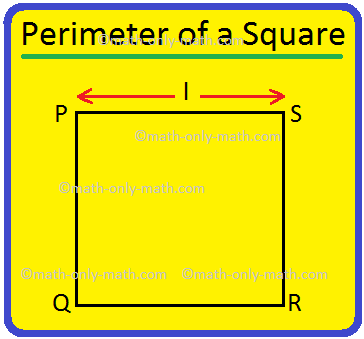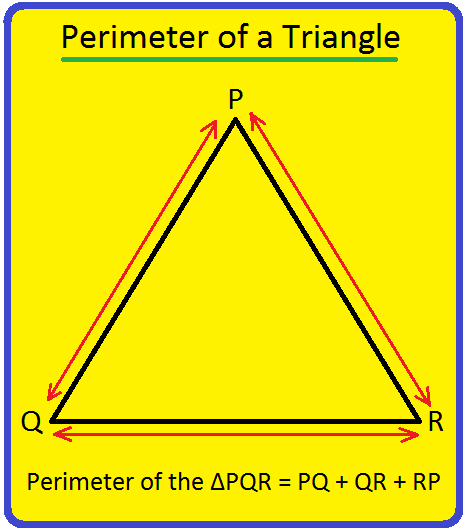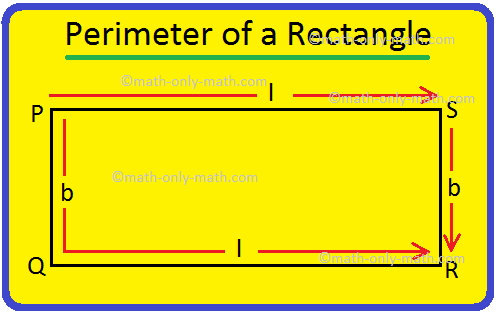Understanding Discount and Mark Up
In previous topics of the chapter we have learnt about cost and selling prices, profit and loss and their percent. In this topic, we’ll get to know about mark up and discount. Let me first tell you about mark up.
Mark up:
Every shopkeeper or a trader purchases a product at some fixed rate from a retailer. He then decides the selling price of that product according to the situation of market but one thing he keeps in mind that he should earn some profit on the product he has purchased from the retailer. To gain some profit, he increases some percent of price of the product and adds it to the price at which he bought it from the retailer. This percent of hike/increase in price is known as markup price of a product.
It is much like percent increase.This can be represented in form of equation as:
Markup = percent of markup x store’s cost
Selling price = store’s cost + markup price
This could be understood in a better way with the help of examples.
1. A music store’s percent markup is 70%. A CD costs store for $15. Calculate the markup and the selling price of the CD.
Solution:
We know that
Markup = percent markup x store/cost price
So, markup price of CD = 70% x $15
= \(\frac{70}{100}\) x $15
= $10.5
Selling price = markup price + store’s/cost price
= $10.5 + $15
= $25.5
2. A clothing store pays $80 for a jacket. The store’s markup percent is 75%. Find the markup price and selling price of the jacket.
Solution: We know that:
Markup = percent markup x store/cost price
So, markup price = 75% x $80
= \(\frac{75}{100}\) x $80
= $60
Now, Selling price = markup price + store’s/cost price
So, selling price of jacket = $60 + $80
= $140.
Discount:
While shopping, we come across many amazing offers saying many off percentages on various products. Everyday such offers are offered by many stores so as to attract customers. These offers saying off percentages on products are known as discounts.
The equations in this case can be given by:
Discount = discount percent x cost/store price
Selling price = cost/store price – discount price
The concept of discount can be better understood by having a look at below given examples:
1. The cost price of a t-shirt is $90. The discount percent offered by the salesperson is 10%. Find the discount amount and selling price of the t-shirt.
Solution: We know that:
Discount amount = discount percent x cost/store price
Discount amount = 10% x $90
= \(\frac{10}{100}\) x $90
= $9
Selling price = cost/store price – discount amount
= $90 - $9
= $81.
2. The store price of a cricket bat is $80. The discount percent offered by the store is 15%. Calculate the discount amount and the selling price.
Solution: We know that:
Discount amount = discount percent x cost/store price
Discount amount = 15% x $80
= $12
Also, Selling price = cost/store price – discount amount
Selling price = $80 - $12
= $68.
Profit and Loss
Cost Price, Selling Price and Rates of Profit and Loss
Problems on Cost Price, Selling Price and Rates of Profit and Loss
Understanding Overheads Expenses
Worksheet on Cost Price, Selling Price and Rates of Profit and Loss
Understanding Discount and Mark Up
Worksheet on Discount and Markup
Worksheet on the application of overhead Expenses
Worksheet on Successive Discounts
From Understanding Discount and Mark Up to HOME PAGE
Didn't find what you were looking for? Or want to know more information about Math Only Math. Use this Google Search to find what you need.
Recent Articles
-
Perimeter of a Square | How to Find the Perimeter of Square? |Examples
Apr 25, 24 05:34 PM
We will discuss here how to find the perimeter of a square. Perimeter of a square is the total length (distance) of the boundary of a square. We know that all the sides of a square are equal. Perimete… -
Perimeter of a Triangle | Perimeter of a Triangle Formula | Examples
Apr 25, 24 05:13 PM
We will discuss here how to find the perimeter of a triangle. We know perimeter of a triangle is the total length (distance) of the boundary of a triangle. Perimeter of a triangle is the sum of length… -
Perimeter of a Rectangle | How to Find the Perimeter of a Rectangle?
Apr 25, 24 03:45 PM
We will discuss here how to find the perimeter of a rectangle. We know perimeter of a rectangle is the total length (distance) of the boundary of a rectangle. ABCD is a rectangle. We know that the opp… -
Dividing 3-Digit by 1-Digit Number | Long Division |Worksheet Answer
Apr 24, 24 03:46 PM
Dividing 3-Digit by 1-Digit Numbers are discussed here step-by-step. How to divide 3-digit numbers by single-digit numbers? Let us follow the examples to learn to divide 3-digit number by one-digit nu… -
Symmetrical Shapes | One, Two, Three, Four & Many-line Symmetry
Apr 24, 24 03:45 PM
Symmetrical shapes are discussed here in this topic. Any object or shape which can be cut in two equal halves in such a way that both the parts are exactly the same is called symmetrical. The line whi…





